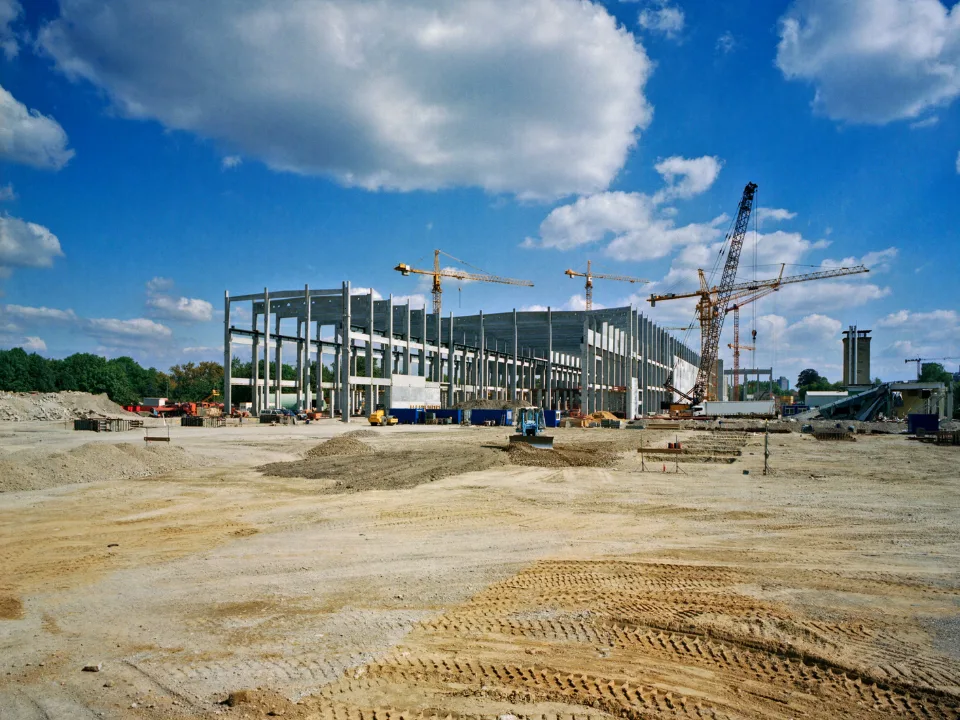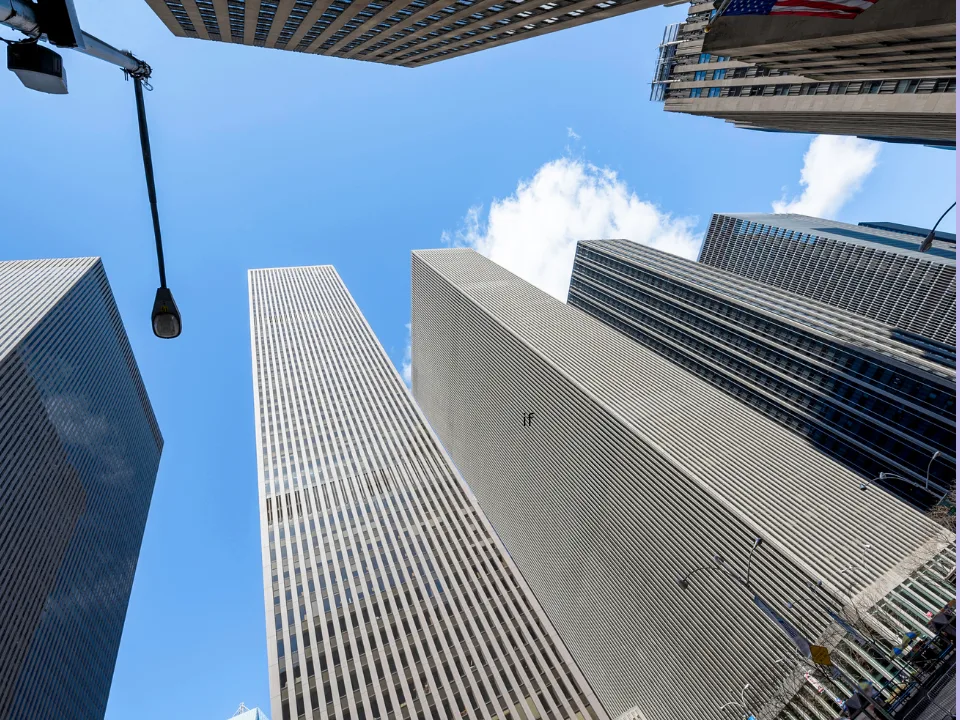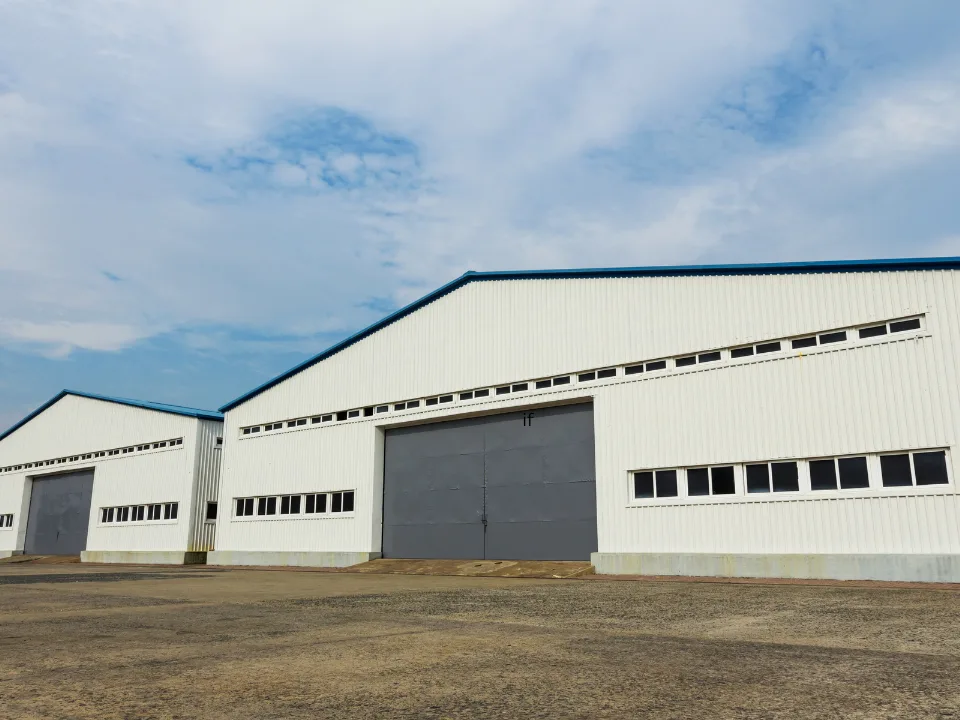- Office demand is rebounding, with 24.9M SF of net absorption forecast for the rest of 2025.
- Employers are increasingly requiring in-office attendance, stabilizing space utilization.
- A mild recession is likely but not expected to reverse the positive trend in office absorption.
- Long-term demand remains lower than pre-2020 levels due to slower job growth and smaller footprints per worker.
Recovery Continues Amid Mixed Economic Signals
The US office market continues to recover, with Q1 2025 marking the fourth consecutive quarter of positive net absorption, reports Naiop. After a severe contraction in early 2024, when the market lost 30M SF in a single quarter, net absorption has steadily rebounded, totaling 12.9M SF over the past two quarters—outpacing previous forecasts.
While vacancy rates held steady at 11.8%, the office market appears to be adjusting to a new normal where hybrid and remote work arrangements have stabilized. Increased in-office mandates by employers in finance, tech, and other sectors are driving modest gains in space utilization.
Get Smarter about what matters in CRE
Stay ahead of trends in commercial real estate with CRE Daily – the free newsletter delivering everything you need to start your day in just 5-minutes
Forecast Points To Growth Despite Recession Risk
The NAIOP Research Foundation’s updated forecast expects 24.9M SF of net absorption in the last three quarters of 2025, based on an economic model that assumes a 70% probability of a mild recession. In 2026, absorption is expected to moderate to 15.1M SF.
If a recession does occur, net absorption from Q2 2025 through Q1 2026 would total 18.2M SF, followed by 12.6M over the next four quarters. In a no-recession scenario, absorption could reach 30.0M SF through Q1 2026, then slow to 17.4M the following year.

Structural Shifts Still Loom Over Long-Term Demand
Although signs point to a gradual rebound, office space demand is unlikely to return to pre-pandemic levels. A key constraint is the slower pace of employment growth: from 2023 to 2033, only 6.7M jobs are projected to be added—about a third of the 19.8M created between 2009 and 2019.
At the same time, the average space required per worker has decreased, meaning future growth in office demand will remain subdued even in expansionary periods.
Economic Policy, Inflation, And Interest Rates Remain Wild Cards
Rising tariffs and federal debt concerns are driving uncertainty, inverting the yield curve and pushing up long-term interest rates. Though Q1 GDP contracted slightly (-0.3%), it was driven primarily by firms importing ahead of expected tariff hikes. Underlying economic indicators such as employment and consumer spending remain positive.
Inflation nears Fed’s 2% goal as CPI hits 2.3%, PPI 2.4%, and unemployment remains low at 4.2%. However, if inflation re-accelerates due to tariffs or deficits, interest rates could remain high, further impacting business expansion decisions.
What to Watch
- As pre-2020 leases expire, how tenants adjust their footprint will impact net absorption going forward.
- Companies may require more space to lure top talent if the labor market remains tight.
- A sharper downturn than forecasted—caused by trade conflicts or global instability—could suppress demand further.
- Shifts in trade or fiscal policy could dramatically alter both economic and real estate outlooks.
Bottom Line
While the office sector faces uncertainty, fundamentals are trending positive. Even under conservative recession-weighted assumptions, net absorption is forecast to remain in positive territory, signaling a potential end to the pandemic-era contraction in office demand.

















